Institutional Child Abuse: Understanding and Preventing
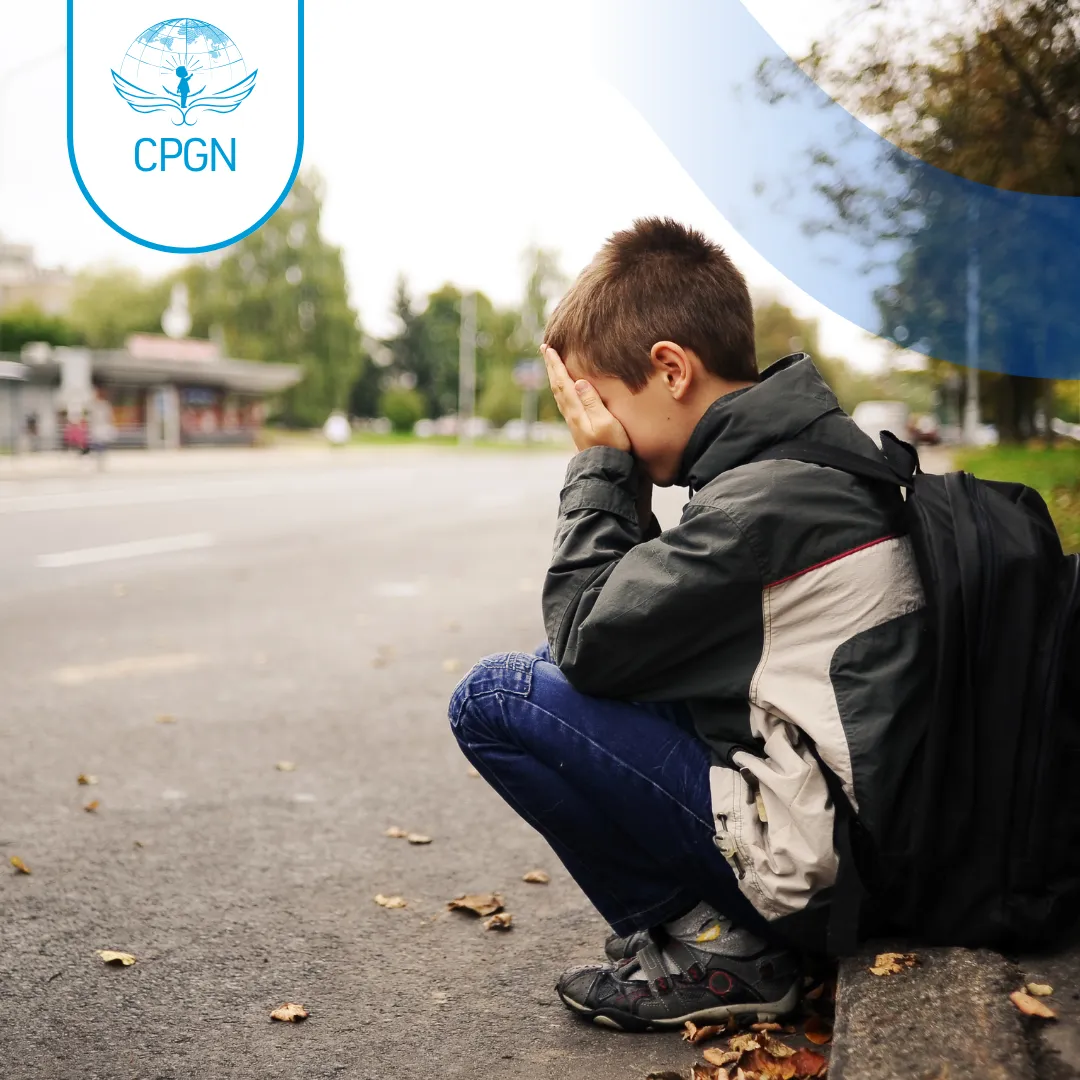
Institutional child abuse is one of the most alarming forms of child maltreatment. It occurs in environments that are meant to protect and support children—like schools, religious institutions, residential homes, and foster care systems. When abuse happens in these trusted settings, it can leave deep and lasting trauma.
In this post, we explain what institutional child abuse is, its warning signs, its impact on children, and how survivors and advocates can pursue justice through tools like the Stop Institutional Child Abuse Act.
What Is Institutional Child Abuse?
Institutional child abuse refers to any type of physical, emotional, sexual, or neglectful harm done to a child in a formal care setting. It is a form of organizational abuse where children are mistreated by individuals or systems that are supposed to keep them safe.
List of places where institutional child abuse occurs:
- Orphanages and children’s homes
- Juvenile detention centers
- Boarding schools and residential schools
- Foster care agencies
- Religious organizations
- Medical and psychiatric care institutions
This kind of abuse can be carried out by adults in positions of power—teachers, staff, caregivers—or even by other children under the supervision of these institutions.
Institutional Abuse Definition According To Experts
Before diving deeper, it’s important to understand how experts define this issue. According to Jane Powers of Cornell University:
“Institutional abuse is the maltreatment of a person (often children or older adults) from a system of power..”
In short, institutional abuse happens when harm is enabled or covered up by the very systems that are meant to prevent it. It may occur through active abuse or through institutional neglect, where warning signs are ignored or complaints are suppressed.
Learn more about related forms of harm in our posts on child abuse and child abuse in school.
Real-World Examples of Institutional Abuse
Institutional abuse isn’t just theoretical. It’s happened across the world—and often, it has taken decades for survivors to be heard. Below are some real-world examples that highlight the seriousness of institutional child abuse:
- Ohio child sexual abuse in religious institutions — Survivors have stepped forward to expose years of abuse by clergy and cover-ups by church leadership.
- Abuse in childcare institutions — In several countries, orphanages and state-run care homes have been found guilty of neglect, forced labor, and sexual exploitation.
- Institutional abuse in schools — Cases of excessive punishment, restraint, and humiliation have come to light, often under the guise of “discipline.”
These incidents highlight how systemic failures and power imbalances allow abuse to persist in silence.
The Impact of Institutional Child Abuse
The emotional and psychological consequences of institutional abuse can be profound and lifelong. Victims often carry invisible scars into adulthood, affecting their health, relationships, and trust in authority.
Children affected by institutional abuse may experience:
- Post-traumatic stress disorder (PTSD)
- Anxiety and depression
- Self-harm or suicidal ideation
- Sleep disorders or developmental delays
- Fear of authority figures or institutions
As per UNICEF and the World Health Organization (WHO), children in institutional care are more likely to face social withdrawal, learning difficulties, and disrupted emotional development.
Our article on physical child abuse provides more insights into how early trauma affects brain development and well-being.
What Causes Institutional Abuse?
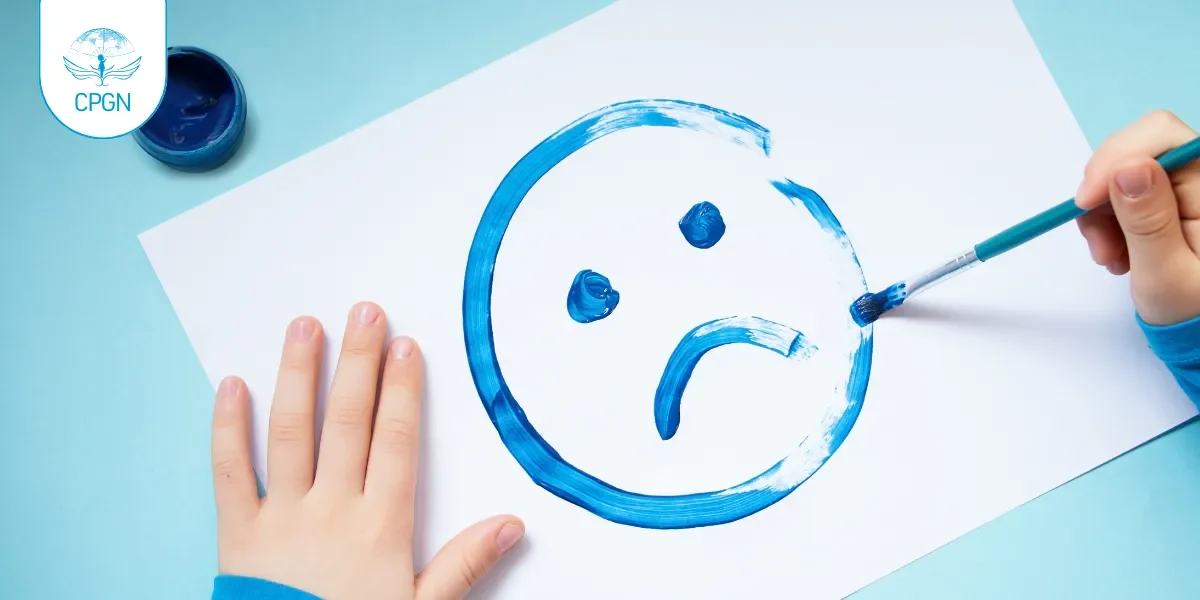
Institutional child abuse is rarely about just one bad actor. It is rooted in systemic problems that make it easier for abuse to occur and harder for children to speak out. These causes often reflect deep flaws in how organizations are run.
Common factors behind institutional abuse include:
- Power imbalance between caregivers and children
- Lack of proper staff training in child protection
- Failure to report or act on suspicions of abuse
- No accountability or external oversight
- Fear of retaliation by the abuser or institution
- Culture of silence or denial
These failings are not just harmful—they are preventable.
Recognizing the Signs of Institutional Abuse
Spotting abuse in an institutional setting can be difficult. Children may feel too scared or ashamed to speak up, or they may not understand what’s happening to them is wrong. That’s why it’s crucial for adults to be alert to warning signs.
Look for the following behaviors or red flags:
- Unexplained injuries or frequent “accidents”
- Fear of returning to a specific place or person
- Withdrawal from social interaction or sudden mood changes
- Regression to younger behaviors (e.g., bedwetting)
- Reports of bullying or extreme punishment
- Poor hygiene or malnutrition in care settings
Timely recognition and reporting can save lives.
Legal Protection: Stop Institutional Child Abuse Act
To help address this crisis, lawmakers have introduced legislation like the Stop Institutional Child Abuse Act. This law aims to increase accountability and transparency in youth care programs and institutions.
The act supports victims and strengthens oversight through:
- Mandatory background checks for all staff
- Independent inspections and audits
- Whistleblower protections
- Support services for survivors
- Standardized reporting procedures
It also encourages survivors to pursue institutional child abuse claims, giving them a path toward justice and healing.
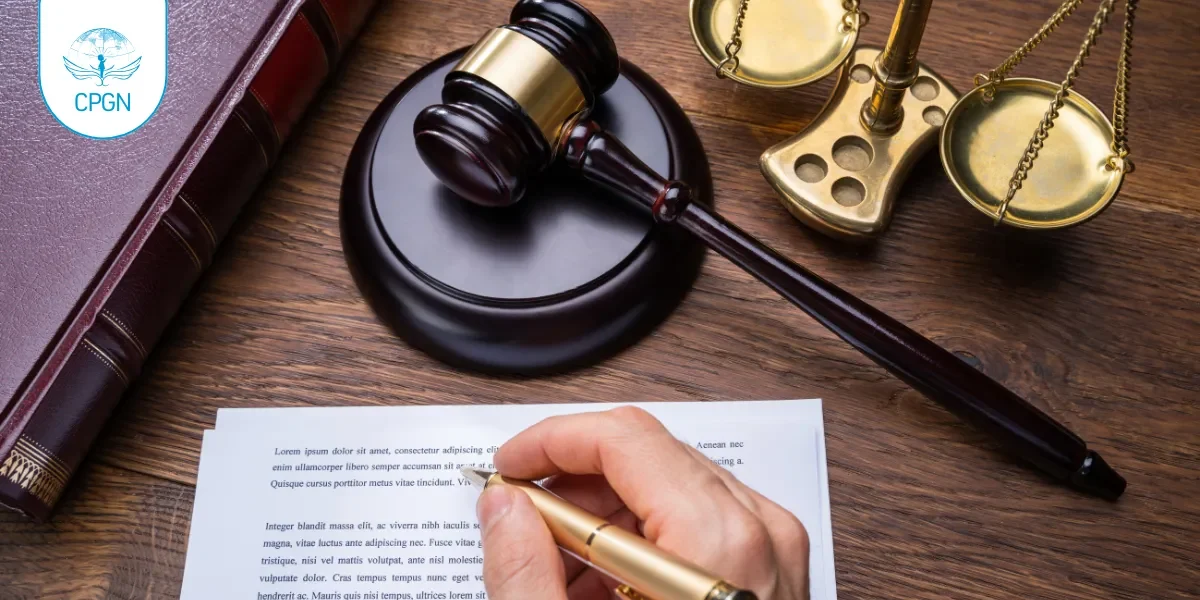
How to Report Institutional Abuse
If you suspect or have experienced abuse in an institution, it’s important to take action. Whether you’re a survivor, parent, or concerned observer, here are steps to follow:
- Document everything — Write down dates, times, and any details of concerning behavior.
- Report the abuse — Contact local child protective services, law enforcement, or a child advocacy organization.
- Consult a legal expert — If appropriate, pursue an institutional child abuse claim with legal support.
- Seek therapy — Healing from trauma requires emotional support. Licensed therapists can help survivors rebuild trust and confidence.
Survivors of institutional sexual abuse often face unique challenges. Learn more about support options in our post on sexual child abuse.
How to Prevent Institutional Abuse
Preventing institutional abuse requires more than policies—it demands a culture of protection and responsibility. Every institution that serves children should implement prevention measures at all levels.
Here’s what organizations can do:
- Provide trauma-informed staff training
- Implement child-friendly reporting systems
- Engage families and communities in oversight
- Enforce zero-tolerance policies on abuse
- Conduct regular audits and compliance checks
According to CDC guidelines, these preventive strategies can reduce maltreatment risk and promote a culture of safety.
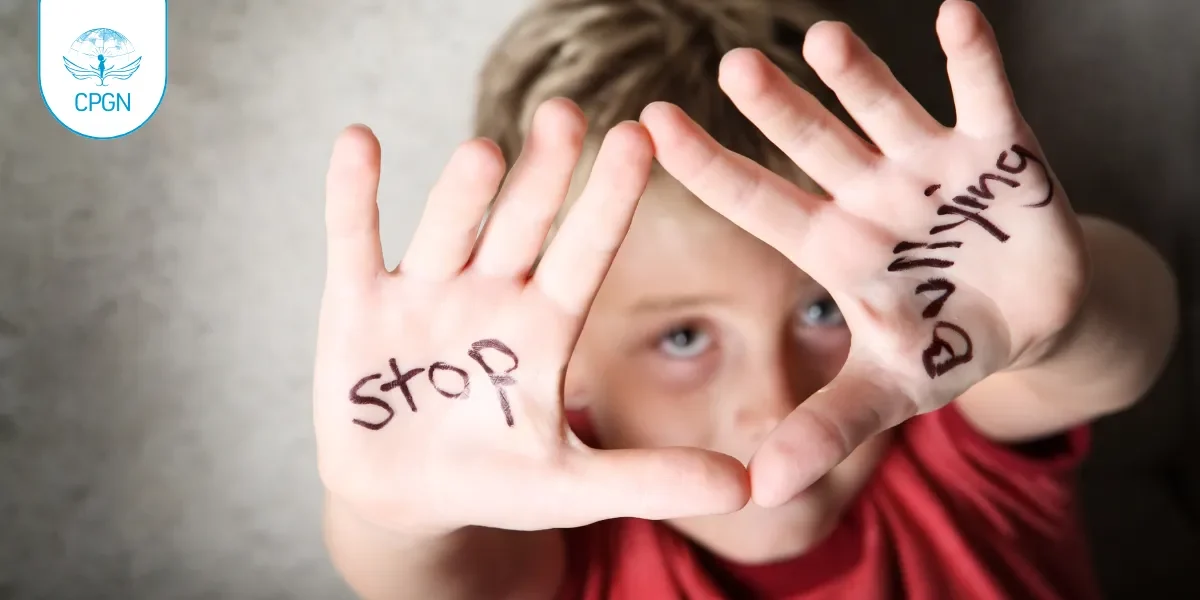
CPGN's Role in Protecting Children from Abuse
The Child Protection Global Network (CPGN) plays a vital role in preventing and responding to child abuse through education, advocacy, and support services. By working closely with schools, caregivers, and communities, CPGN promotes child safety policies, raises awareness about abuse in educational and institutional settings, and trains professionals to recognize and respond to signs of maltreatment. Their initiatives empower both children and adults to speak up and take action when abuse is suspected.
In addition to prevention efforts, CPGN provides trauma-informed resources for survivors of abuse and their families. From legal guidance to mental health support, the organization ensures that victims receive the care and justice they deserve. CPGN’s comprehensive approach strengthens child protection systems and fosters environments where children can learn, grow, and thrive safely.
Final Thoughts
Institutional abuse violates the deepest trust we place in care systems. Whether it’s institutional abuse in schools, religious institutions, or childcare facilities, every case matters. The long-term effects of such abuse can be devastating—but with advocacy, legal action, and systemic change, we can protect future generations.
If you’ve been affected or want to take part in the fight to stop institutional child abuse, don’t stay silent. Your voice matters, and support is available.
Read more about the wider context of child maltreatment in our child abuse blog post.
Sources & References
ResearchGate – Profile of Jane Powers, Research on Child Welfare and Protection
UNICEF – United Nations International Children’s Emergency Fund Official Website
World Health Organization (WHO) – Official Website
U.S. Centers for Disease Control and Prevention (CDC) – Official Website
Mark Schwartz
Our goal is to ensure the safety and protection of every child until it is achieved. Our goal is to support communities in protecting the future of children and promoting their welfare.
Quick Links
Copyright © 2025 CPGN. All rights reserved by Majnate LLP | Privacy Policy | Terms and Conditions

